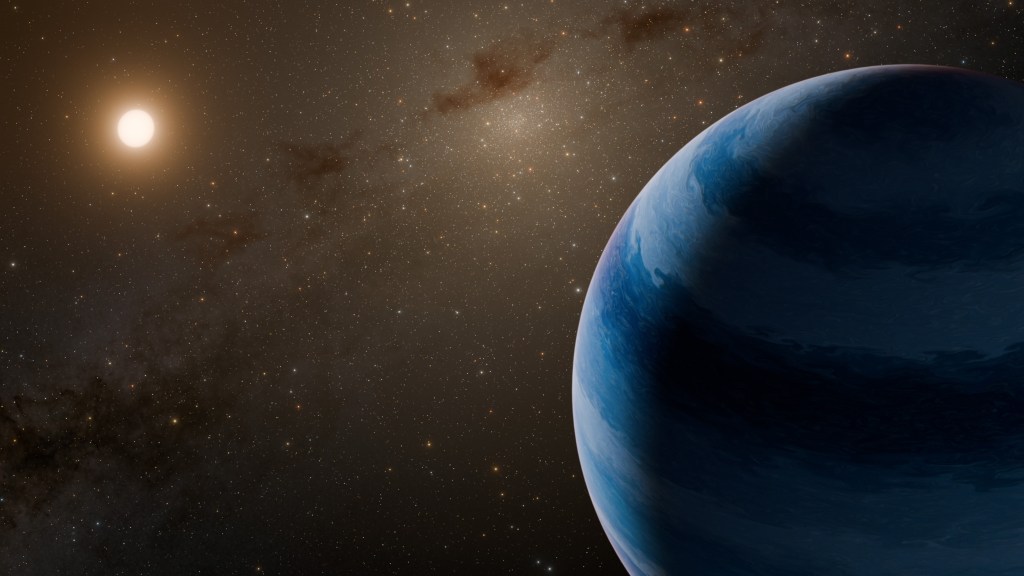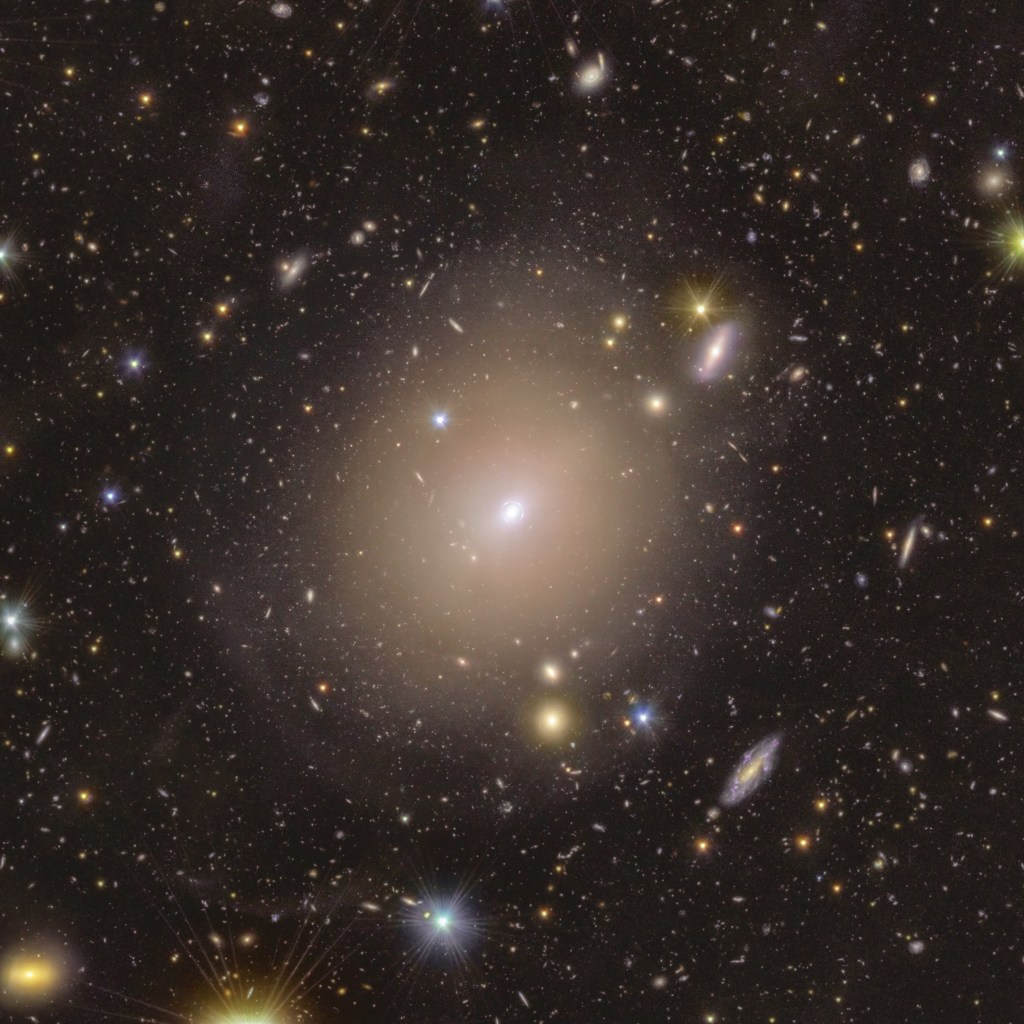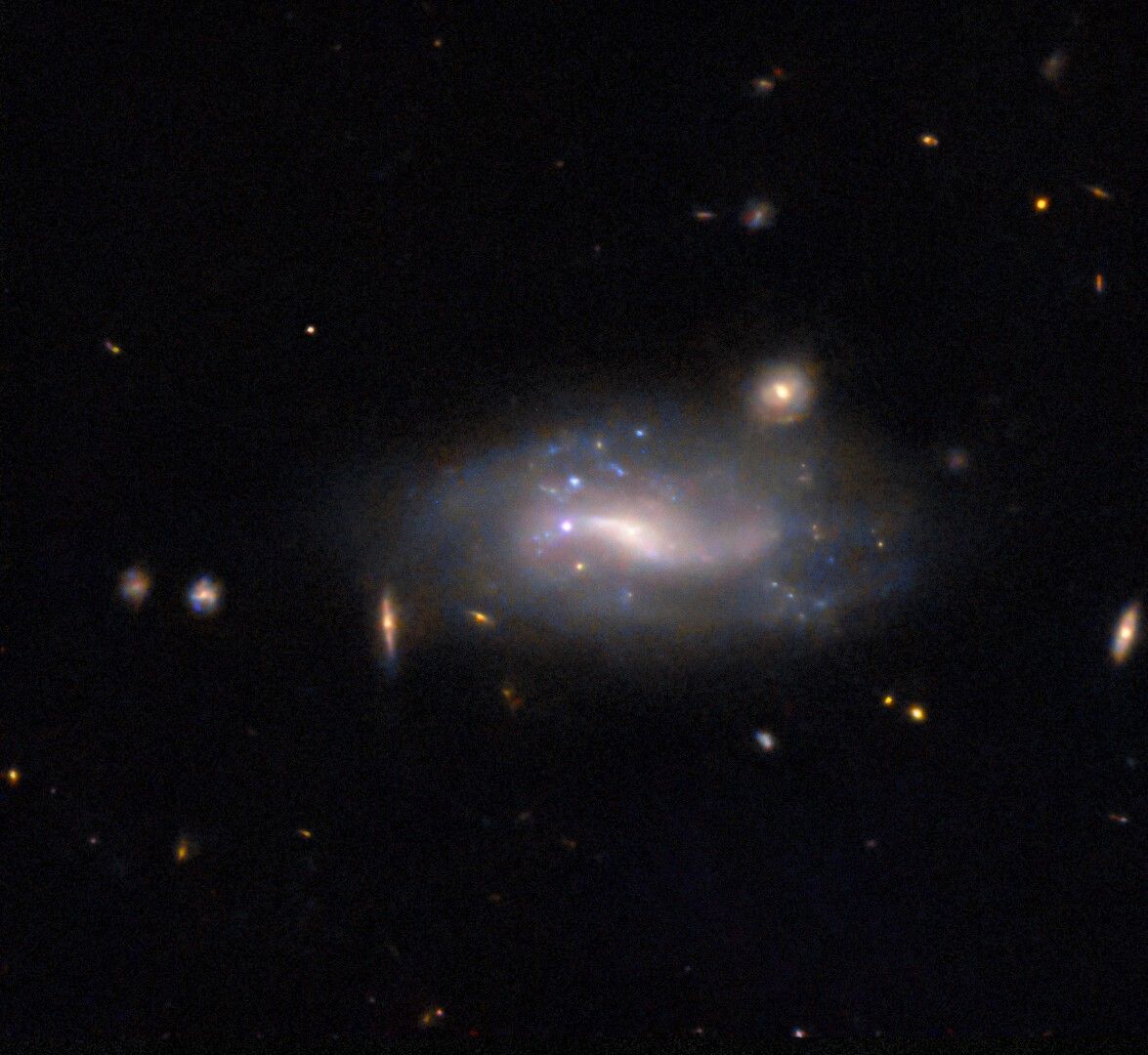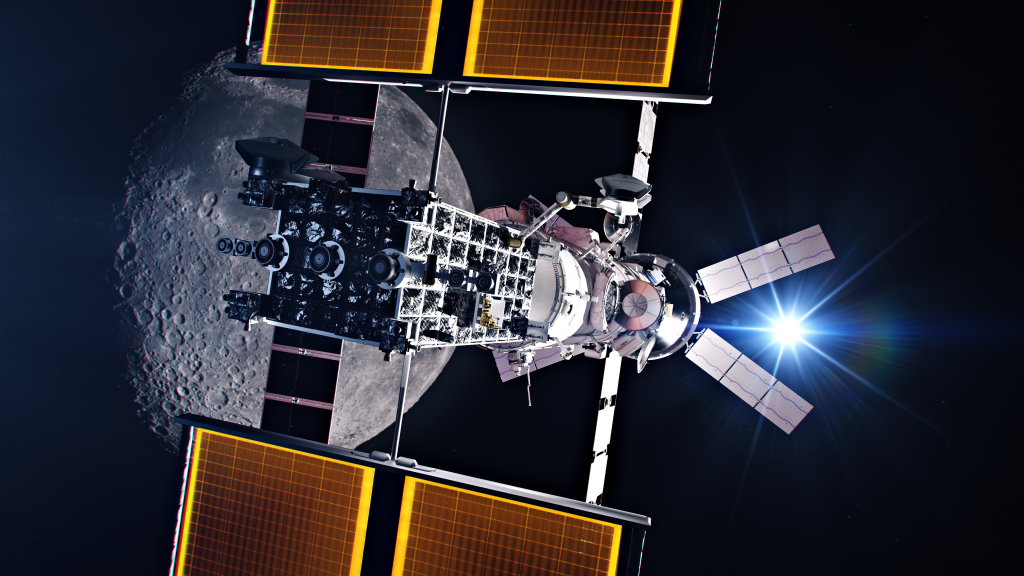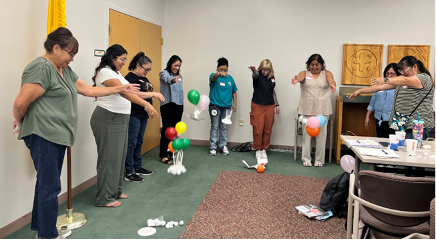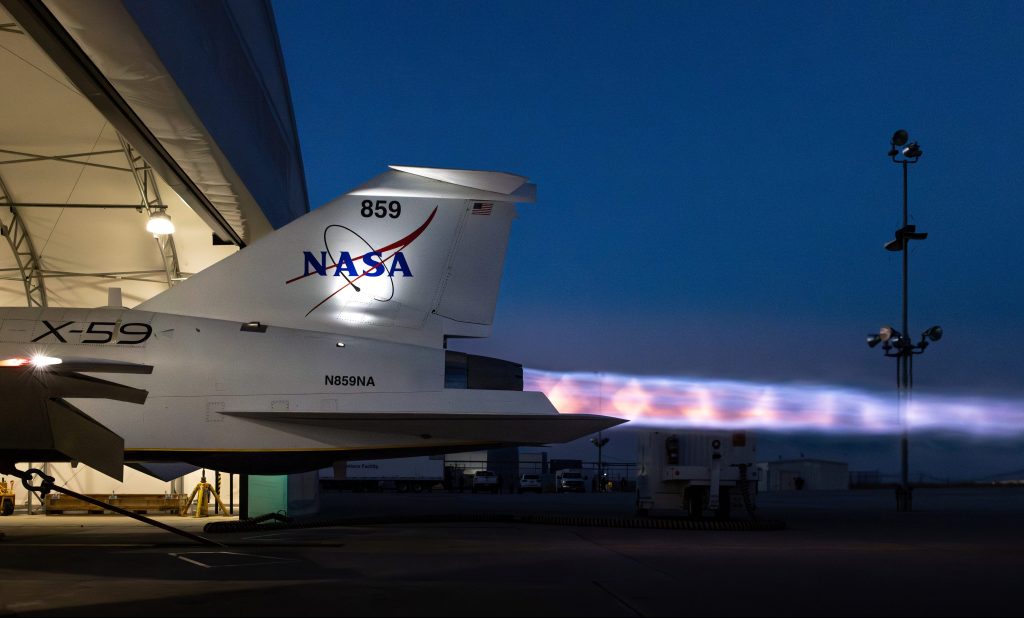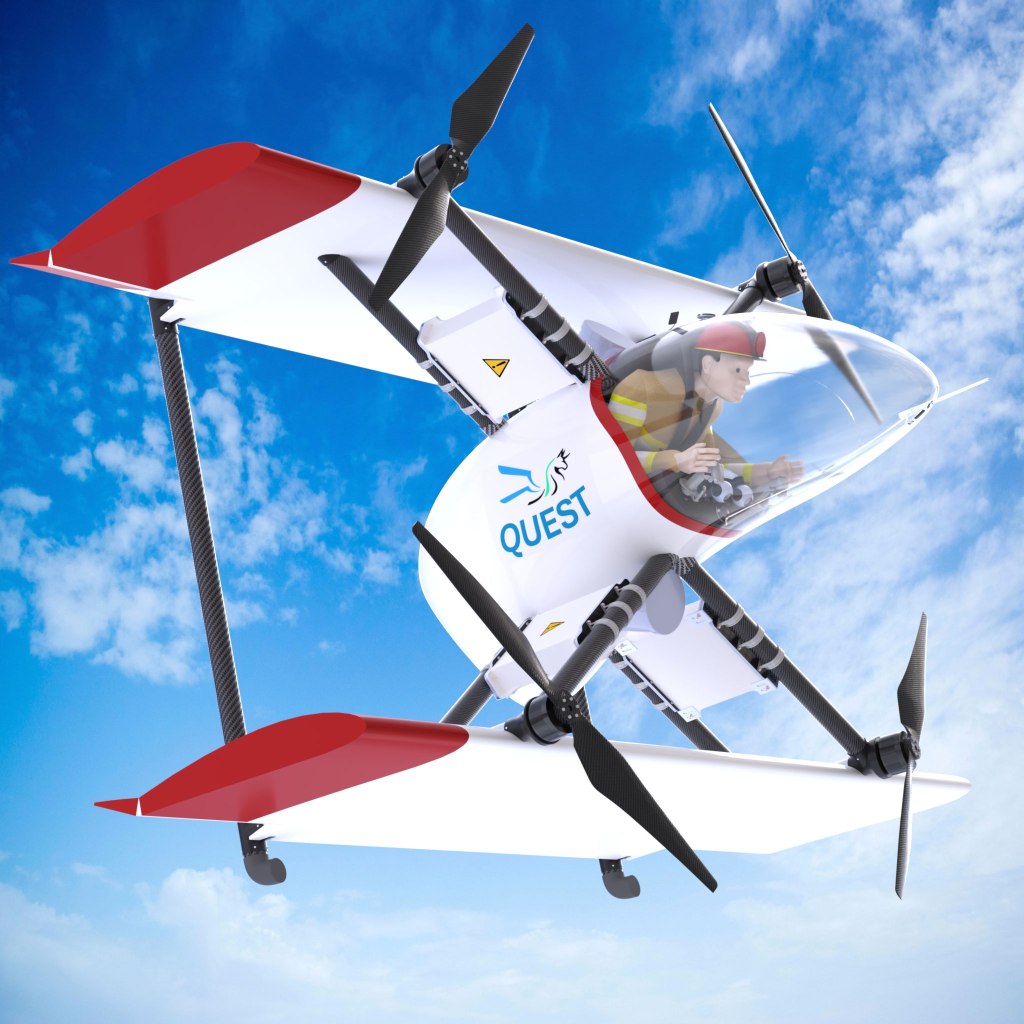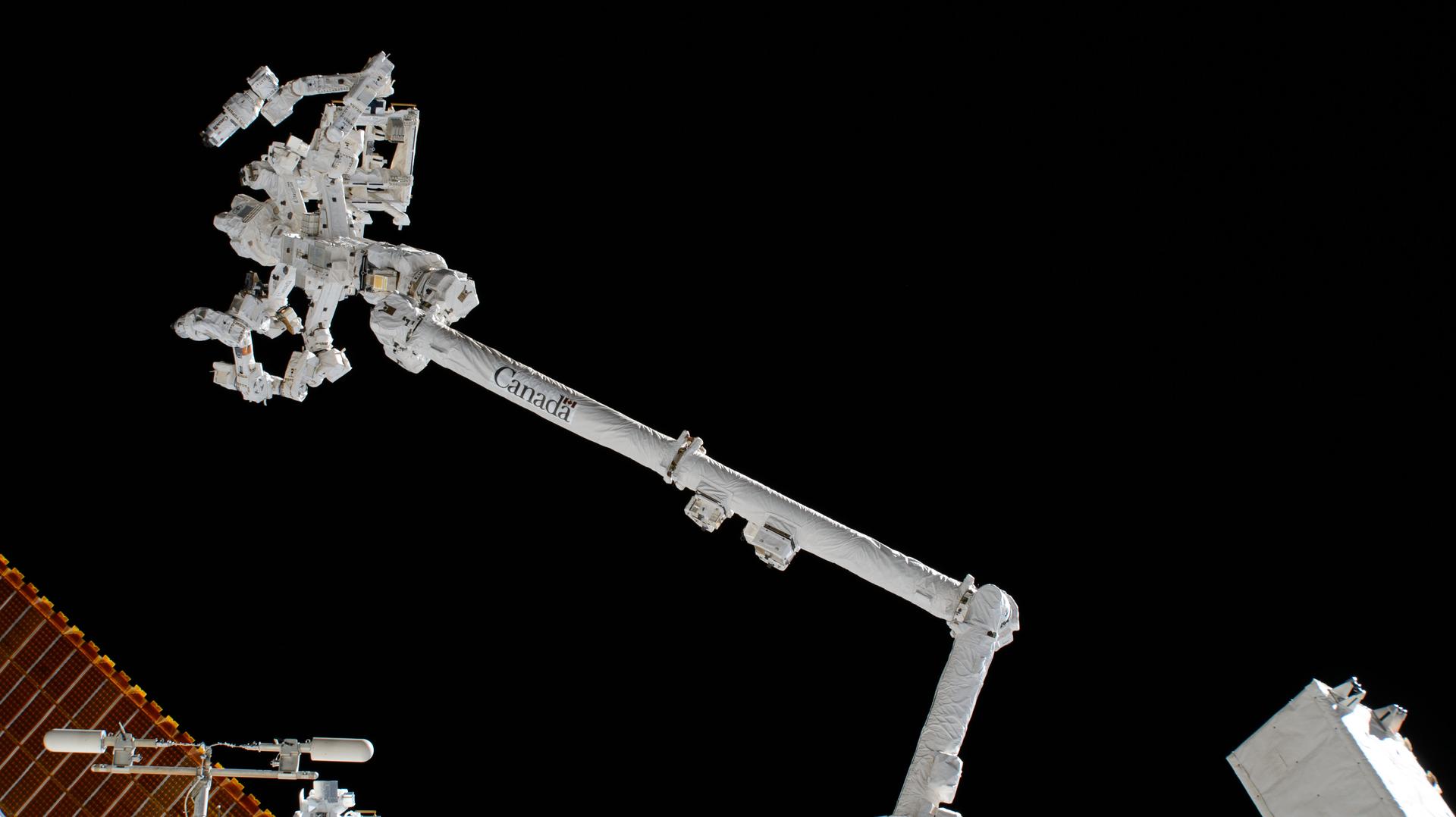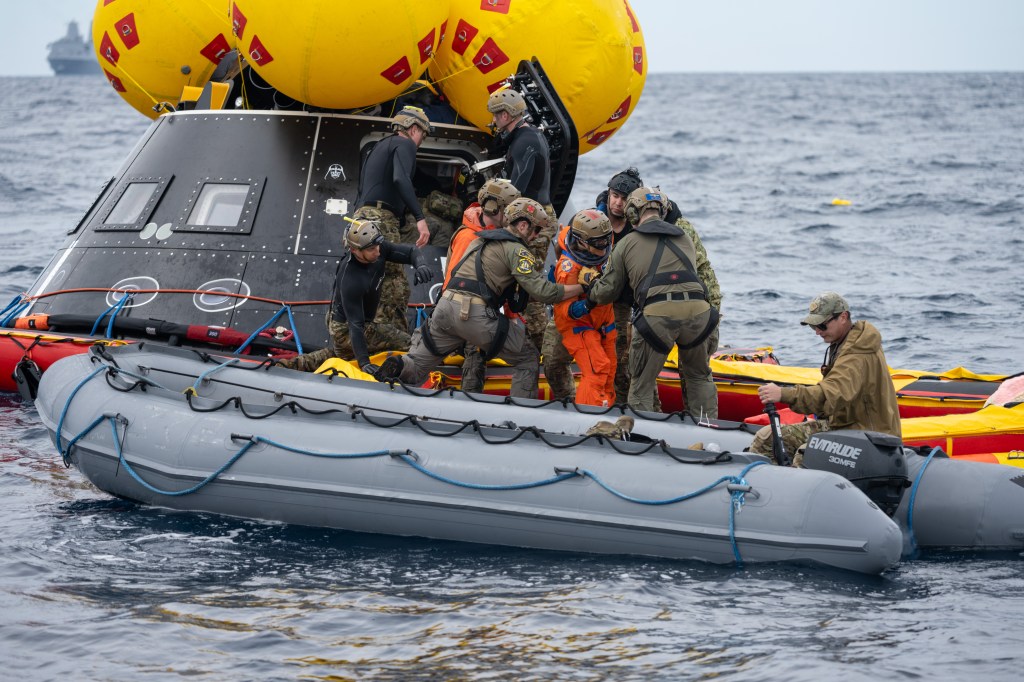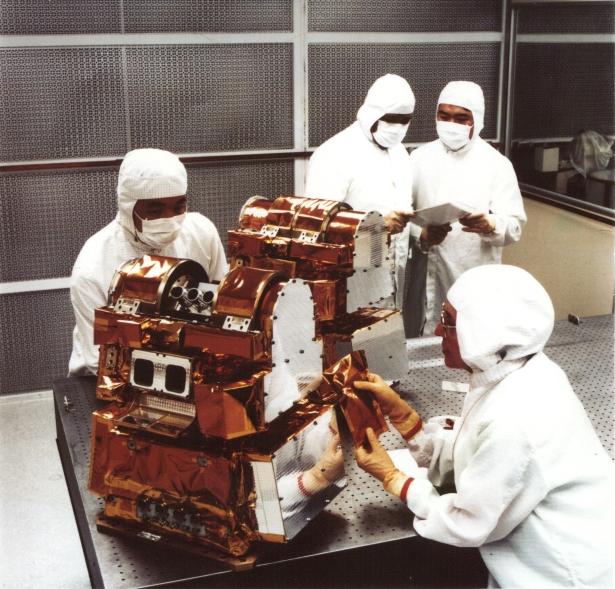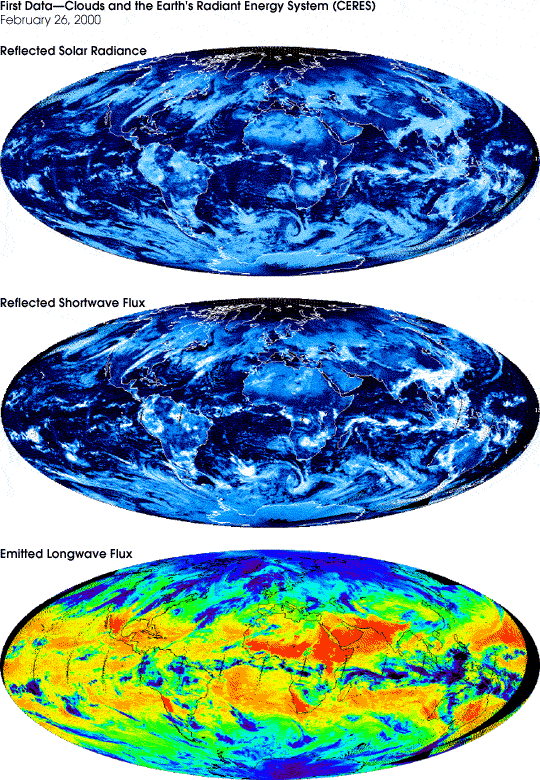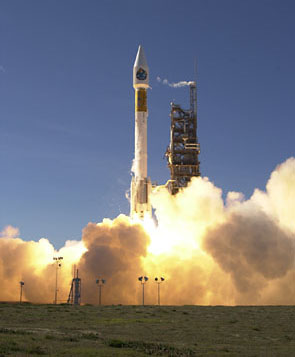Today marks 20 years since the launch of two instruments that have changed the way scientists study climate.
The first two Clouds and the Earth’s Radiant Energy System (CERES) instruments (Flight Model [FM] 1 and FM2) launched aboard the Terra satellite Dec. 18, 1999, following the launch of the CERES proto-flight model (PFM) on the Tropical Rainfall Measuring Mission (TRMM) satellite on Nov. 27, 1997.
Now numbering six, the CERES instruments in orbit keep watch on solar energy reflected by Earth, the heat the planet emits, and the role of clouds in that process. Essential to those measurements are the imagers that accompany the CERES instruments on the Terra, Aqua (FM3 and FM4), Suomi NPP (FM5) and NOAA 20 (FM6) satellites.
CERES measurements give researchers continuous, invaluable data on mechanisms driving Earth’s climate and future weather — a record that goes back two decades and that scientists hope will continue long into the future. One of the most significant CERES findings is an increase in the rate at which Earth is taking up heat.
The CERES instruments weren’t the first spaceborne instruments to measure Earth’s radiation budget (ERB), but they are the longest lasting and most accurate instruments to do it.
“I think CERES brought a new and revolutionary idea to the problem, and that is the concept of utilizing a number of different instruments in concert with each other to make a better measurement than could be achieved with a single instrument,” said David Considine, CERES program scientist at NASA Headquarters. “Second, CERES represents a serious attempt to create a true climate data record — that is, a time series that is precise enough and maintained for enough time that long-term trends in climate can be measured.”
Long-term, or “secular,” climate change is change happening over periods of a year or more. Researchers trying to better understand that change are the primary end users of CERES data. For them, CERES provides a crucial, specialized dataset.
“We are the only group producing dedicated global Earth radiation budget observations in the world. We’re it,” said Norman Loeb, CERES principal investigator at NASA’s Langley Research Center in Hampton, Virginia.
CERES is also unique because of how it works in concert with imagers such as the Moderate-resolution Imaging Spectroradiometer instruments (MODIS) on Terra and Aqua, the Visible Infrared Imaging Radiometer Suite instruments (VIIRS) on Suomi NPP and NOAA-20, and imagers flying on geostationary satellites such as GOES-16. By synthesizing CERES data with information from these imagers, CERES scientists can infer cloud properties, including cloud amount, altitude, thickness and the size of cloud particles, and changes in these properties during the day. This cloud data is crucial because one of the biggest remaining uncertainties in climate models is the role of clouds.
“To bring all those pieces together and make sure it’s accurate is a very large effort,” said Loeb. “Not just anyone can do that.”
CERES FM6, which launched in 2017 on the NOAA-20 satellite, was the final instrument in the CERES family. If the longevity of FM1 and FM2 is any indication — both instruments have now provided four times their required mission life — the CERES suite of instruments will continue to make measurements well into the future. A good deal of the credit for that reliability goes to Northrop Grumman. Northrop Grumman acquired the TRW Corporation, which designed and built the original CERES instruments, in 2002, and has been a partner since then.
“Northrop Grumman is proud to be a continued part of this critical NASA mission, and is looking forward to furthering this mission success for generations into the future,” said Sean Kelly, CERES program manager at Northrop Grumman Aerospace Systems in Redondo Beach, California.
But even as the CERES instruments continue to provide indispensable data to the climate community, researchers at Langley are looking decades ahead, actively working on future concepts that will allow that radiation budget dataset to carry on, uninterrupted.
These new concepts shrink the technology down into smaller packages that would be less costly to develop and launch.
“The challenge for future ERB missions is to infuse new technology, reducing the price point and increasing access to space and while simultaneously improving accuracy of the climate data record and matching CERES excellent track record of robust performance and longevity on-orbit,” said Kory Priestley, CERES project scientist at Langley. “The CERES legacy is daunting, yet we are confidently moving forward with new concepts that accomplish all of the above.”
Regardless of what shape the instruments take, there’s a real need to build on the success of CERES.
“There are some critically important science questions that cannot be answered without a very precise measurement made over multi-decadal time periods,” said Considine. “In order to properly address these questions, we need to maintain the measurements over multiple generations of instruments — for the science.”
Joe Atkinson
NASA Langley Research Center


